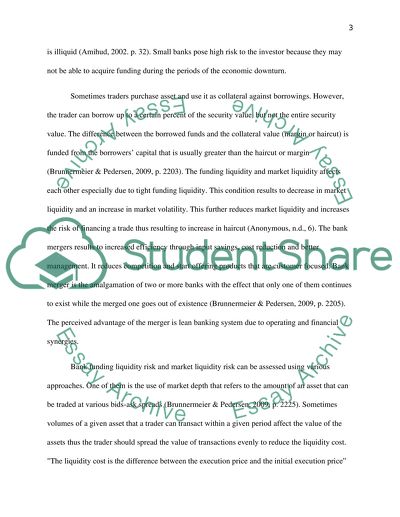Cite this document
(“Financial Fragility, Capital Regulation and Bank Testing Essay”, n.d.)
Retrieved from https://studentshare.org/finance-accounting/1655375-financial-fragility-capital-regulation-and-bank-stress-testin
Retrieved from https://studentshare.org/finance-accounting/1655375-financial-fragility-capital-regulation-and-bank-stress-testin
(Financial Fragility, Capital Regulation and Bank Testing Essay)
https://studentshare.org/finance-accounting/1655375-financial-fragility-capital-regulation-and-bank-stress-testin.
https://studentshare.org/finance-accounting/1655375-financial-fragility-capital-regulation-and-bank-stress-testin.
“Financial Fragility, Capital Regulation and Bank Testing Essay”, n.d. https://studentshare.org/finance-accounting/1655375-financial-fragility-capital-regulation-and-bank-stress-testin.


